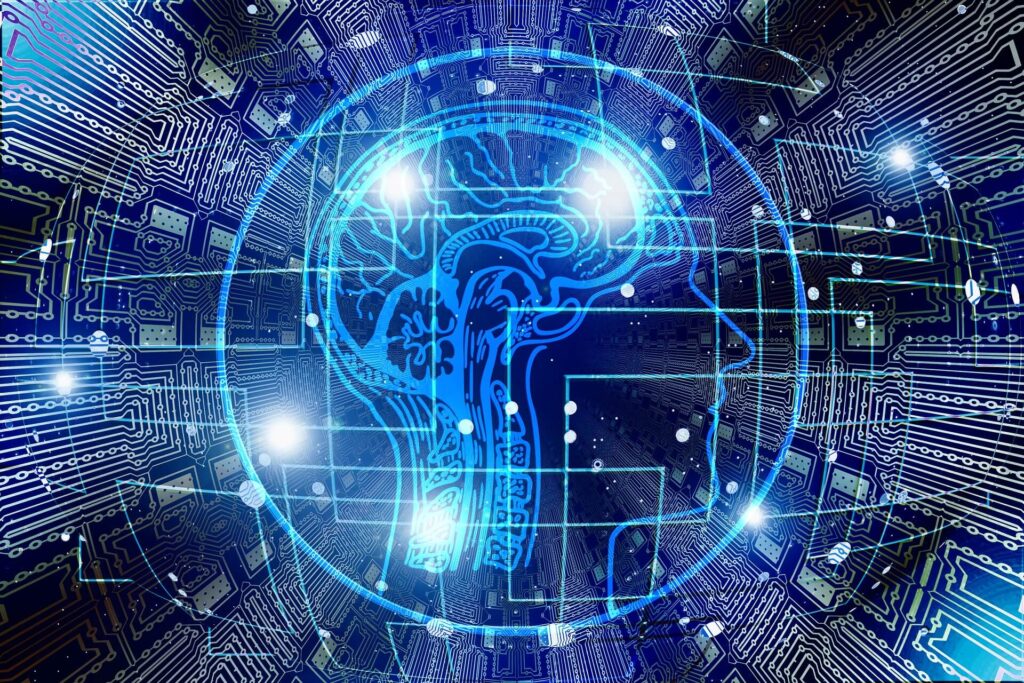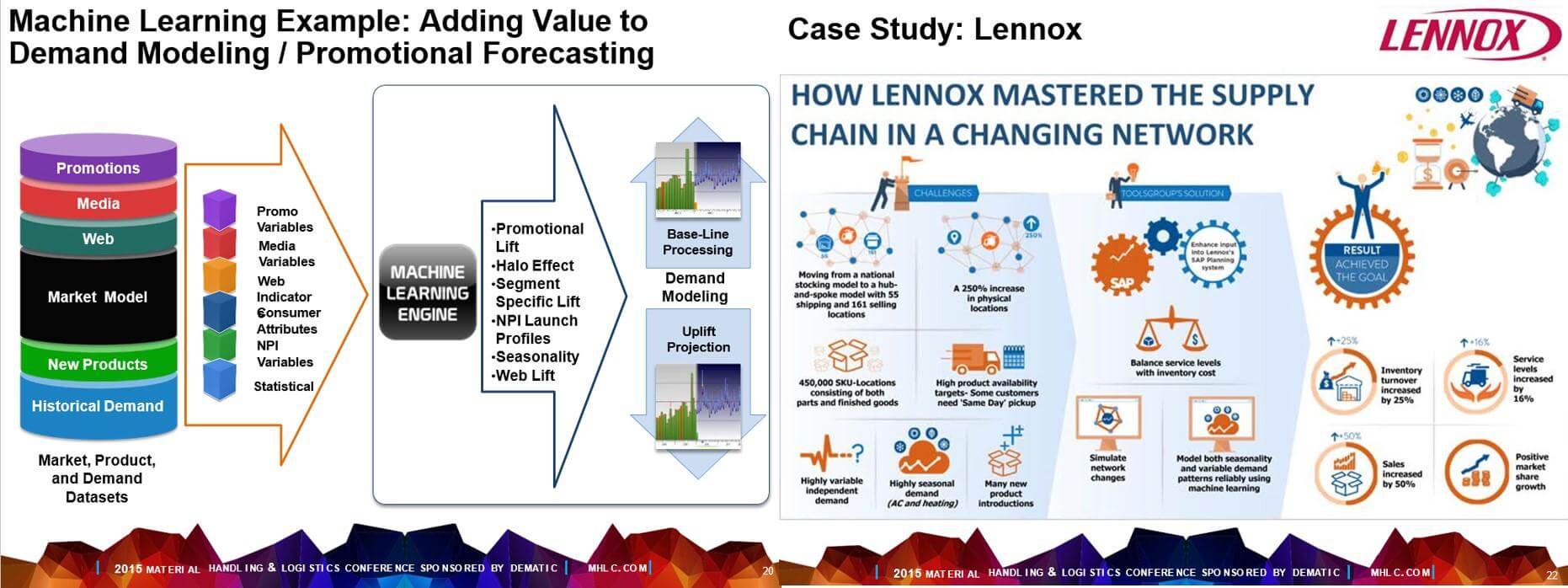
It’s everywhere, but what is it?
By now you’ve probably heard a lot buzz about machine learning. AI can’t exist without it, many businesses use it already, and you’ve probably run into it before. But how does it even work?
Imagine this, your house tracks your behavior, making forecasts and decisions for you. It calculates your health, predicts your shopping list, and even alerts you to the most effective ways to save money. Sounds pretty good, right? Good news, you don’t have to wait for the future because it’s already here. All these smart capabilities exist already, just not from your house (yet). Machine learning works like a digital brain. As a branch of AI (artificial intelligence), machine learning behaves autonomously without intervention, guided by specific algorithms. The algorithms works as a map with directions. With directions, the learning process takes in new data and makes appropriate, calculated decisions.
Why is machine learning used?
In this technological age, it’s difficult to keep up with immensely large and diverse data sets. Machine learning eliminates time-consuming guesswork and greatly increases accuracy. One of the most obvious ways machine learning manifests itself can be seen in retail. Considering the sheer volume and variety of behaviors online and in store, there’s no way any human can manually and accurately analyze all that data in a short amount of time. That’s where machine learning steps in.
Retailers are using it to increase productivity and accuracy, without having to face costly mistakes due to human error. Additionally, understanding consumer opinions about sales, promotions, etc. optimizes the selling process.
It’s changing supply chain management for the better, addressing the different levels of business.
Everything from forecasting potential demand to improving delivery performance is done by machine learning. With such accurate numbers and wide range of insights, companies are saving time, money, and resources while improving customer satisfaction. And selling isn’t the only industry this type of learning healps. In hospitals, scanned medical records and machine learning means potentially saving more lives with accurate, timely information and diagnoses. It can even predict the next World Cup winner by assessing bets and games (accuracy testing in progress). Or track college student behavior and predict students at the highest risk of dropping out to improve student experience and reduce dropout rates.
Everything starts and ends with data
Like any other big data set, the road to machine learning requires intense data analysis. Before the learning happens, the algorithms need to be built. And before the algorithms come together you need an analysis. Road mapping outcomes and scenarios is how learning starts off. Visualizing all the possible pathways and desired metrics are crucial to accurate results. Even after learning occurs, there may be changes that require new calculations. And we know just how important it is to visually organize the resulting data for better understanding.
Machine learning is a growing field. Data science is far from from being exhausted thanks to a never ending data stream. So more and more businesses are exploring the advantages of using machine learning to optimize sales, but this is just the obvious application. There are always new possibilities with data, machine learning is just one of them.

